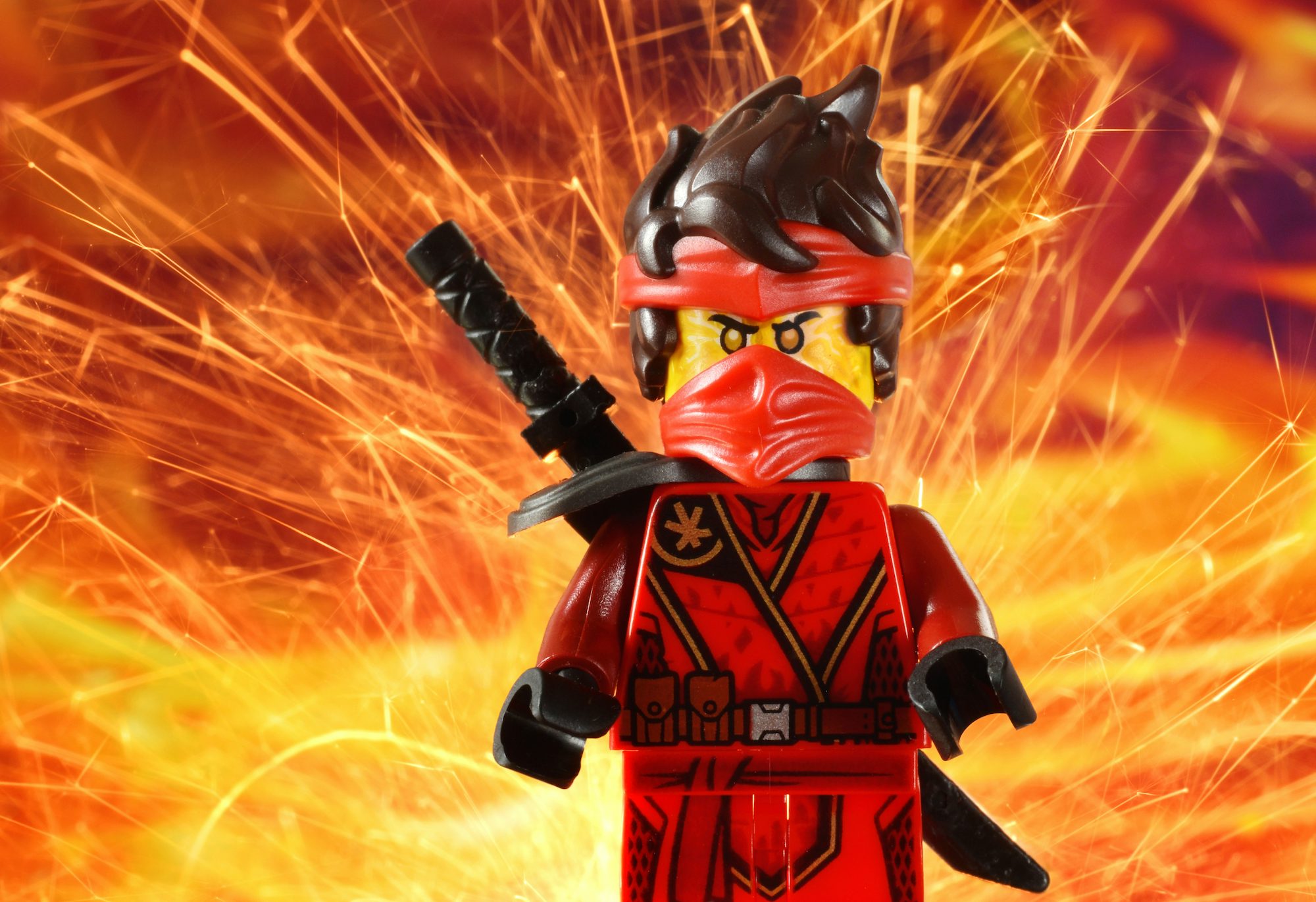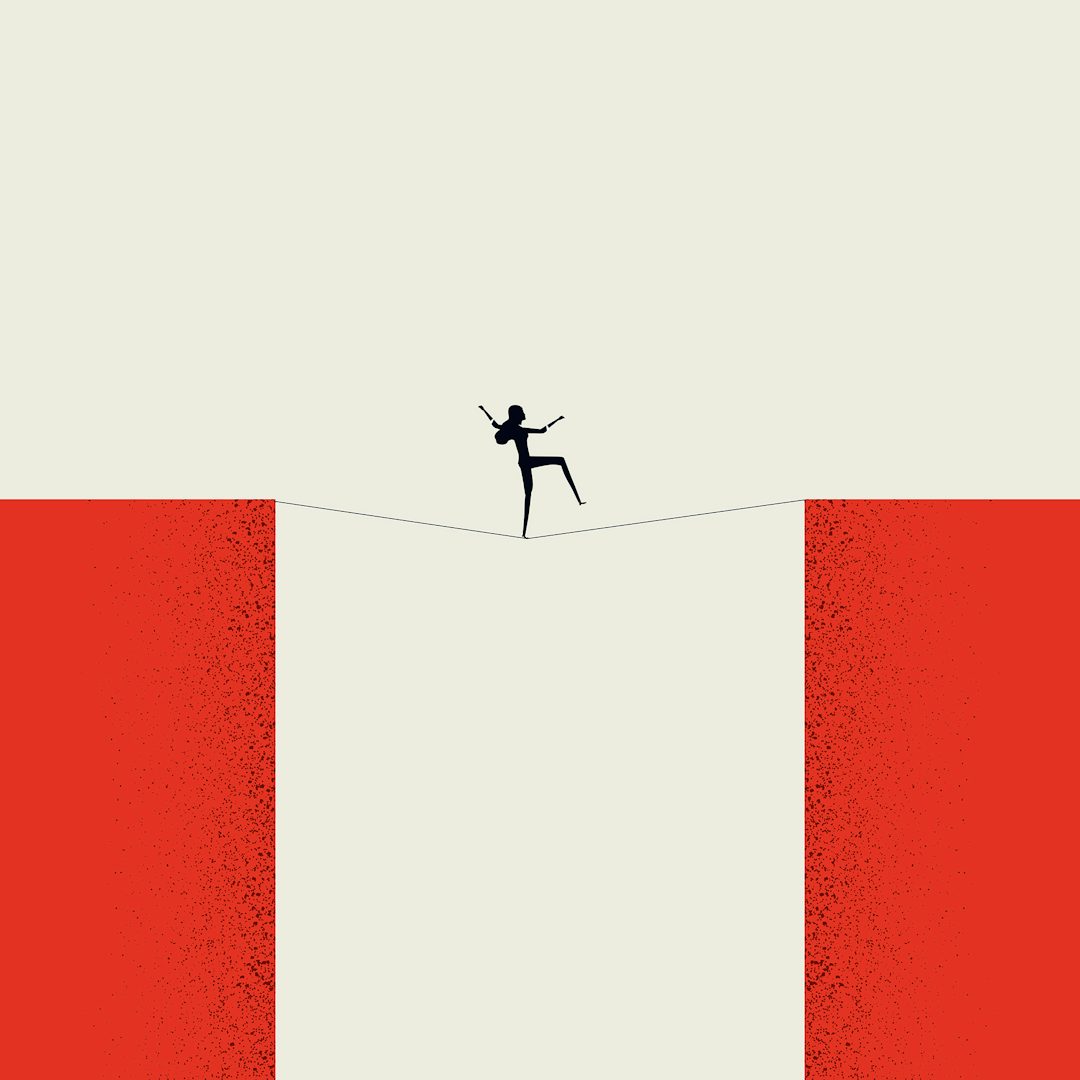Why it pays to play it unsafe
Even in uncertain times, brands and creatives need to take risks to reap rewards: just look to history if you need proof
Fear is a powerful emotion. Given free rein, it can overwhelm us – holding us back, even if by taking a punt and trying something different we might end up better-positioned, not less. And in today’s challenging times – an era of doubt, distrust and uncertainty – this is also true for brands.
How often when times have got tough have brand owners opted to scale back, ramp down and play it safe – by which I mean, revert to tried and tested means, tools and tactics – rather than try something new? And how many times have designers, fearful of rocking the boat with their clients, followed suit? Too many times to mention.
Yet experimentation is the engine that powers forward motion. It is the trigger for the most interesting and dramatic developments in marketing, branding and design. It is the antidote to boring, bland and stale. And in uncertain times, I’d go as far as suggesting, it is more important than ever to commit to.
Consider the approach and impact of three inspirational designers – two of whom, sadly, have died in recent weeks.
Over more than five decades until her death in December, Vivienne Westwood – perhaps best known for her role in the co-creation of punk, the ultimate counter-culture response to boring – forged a rebel aesthetic through a trademark mix of provocation and respect for tradition that was truly her own.

American art director and designer George Lois – designer of 92 covers for Esquire magazine, including one in which Muhammad Ali was famously photographed pierced by arrows in the style of Saint Sebastien – who died the month before Westwood, was a fierce and unapologetic visual visionary whose images often conveyed searing social commentary.
Then there is Lynn Hershman Leeson – an American digital artist/filmmaker who has used AI in new and interesting ways to pioneer technology into the art world long before the current AI-in-art craze. Key works such as Agent Ruby – an interactive piece from 2002 which includes an artificially intelligent web agent with a female persona who chats with users and can remember their questions – mirrored development of AI bots created for the purpose of completing the Turing test.
Apart from being my personal heroes, all three produced work that powerfully demonstrates the important fundamentals of great design: that it should have a clear point of view, that it should demonstrate a tangible purpose, and that it should do both while also exhibiting a deep sense of empathy.
Experimentation is the engine that powers forward motion. It is the trigger for the most interesting and dramatic developments in marketing, branding and design
Above all, none of these three played it safe. In fact, they represent the antithesis of how others all too often respond in difficult times when they stay in their comfort zone. And that’s why the work of all three will stand the test of time, because people don’t remember things that are boring or bland.
Now let’s consider some brand owners who made an active decision not to pull in their horns as the going got tough but, rather, chose to play it unsafe by experimenting in ways that went on to power their brand forwards.
Back in 2003, Lego – for years a poster child for innovation until it wasn’t – came close to the brink of bankruptcy. But then it clawed itself back with a strategy of ‘expansive innovation’: helping customers get more value from existing products by offering innovative products, services and business models.
So Lego disrupted – developing digital experiences that complemented rather than replaced core offerings. It doubled down on customer-centric development – regularly engaging children in character development, storytelling and feedback on new playset ideas. And it developed a family of complementary innovations to set itself apart from its competitors.

As the world was emerging from the global pandemic, dating app Thursday was developed to make dating less complicated – and does so by having been designed to only work one day a week.
Rather than wait for an invitation to enter the metaverse or buy into it, Wendy’s took an experimental leap of faith when Fortnite, the world’s biggest online game, launched a new game called Food Fight that pitched two restaurants in the Fortnite universe – a burger restaurant and a pizza restaurant – against each other.
By creating a digital avatar that looked like its own brand mascot, Wendy’s inserted itself into the game’s story and met its audience in the game’s world organically.
Chipotle, the American fast food chain, has evolved from a relatively quiet brand into a digital-direct campaign innovator with initiatives such as a menu exclusive to its mobile app and website users, and Behind the Foil, a campaign giving customers unprecedented behind-the-scenes access to the brand through storytelling.
L’Oreal’s digital transformation – part of which includes a US-based Connected Beauty Incubator now dedicated to technological innovation and industry disruption – and its ambitious Web3 plans, meanwhile, have earned its chief digital and marketing officer a nomination for the World Federation of Advertisers’ Global Marketer of the Year.
Playing unsafe doesn’t have to be confined to brand building, either. New business models can demonstrate brands experimenting in new areas to own deeper relationships with the customer – as Uber’s growing array of services and products that naturally fit with its core offering, such as its recently-launched new ride-hail products, demonstrate.
Meanwhile, fashion companies are evolving vintage business models to connect with younger audiences looking to reuse fashion items and be more environmentally aware. Nordstrom’s just-launched re-commerce experience See You Tomorrow – an online marketplace and a physical in-store experience – enables shoppers to purchase pre-owned apparel and accessories.
How can brands and designers push themselves to experiment in the challenging months that lie ahead? There are two steps, I believe.
First, reframe ‘risk’ by assessing the perceived risk of experimenting – the cost involved and the potential loss they might incur should that experiment fail – against the cost of doing nothing and leaving your brand to stagnate.
Second, take inspiration from some of the principles embodied by the work of Westwood, Lois and Hershman, the most important of which are:
Experiment with purpose
You need to know the rules to break the rules. And when you break the rules, you should do so with a purpose. Know your objective from the outset and don’t lose sight of it. Your experiment might work, it might not. Either way, by experimenting you’re moving in the right direction – away from dull and bland.
Experiment by pulling many levers, not just one
A piece of music has many different components – from the audio recording through to album art, the live performance experience, fashion and beyond. Likewise, in branding, elements range from physical to visual, sonic and more, so experiment in your design across all.
Experiment with the audience
Back in the punk era, creatives co-created in fashion, music and film with fans. In today’s social era, co-create – and, by the same measure, co-experiment – with your audience.
Experiment without fear
Vivienne Westwood’s grit in sticking to her guns is one reason why I so admire her. Another is how, as a woman, she ran her own business in her very own way. She didn’t let fear that people might not like what she was doing stop her, and nor should you. Instead, be fearless.
Wayne Deakin is global principal, creative at Wolff Olins; wolffolins.com; Top image: Shutterstock




